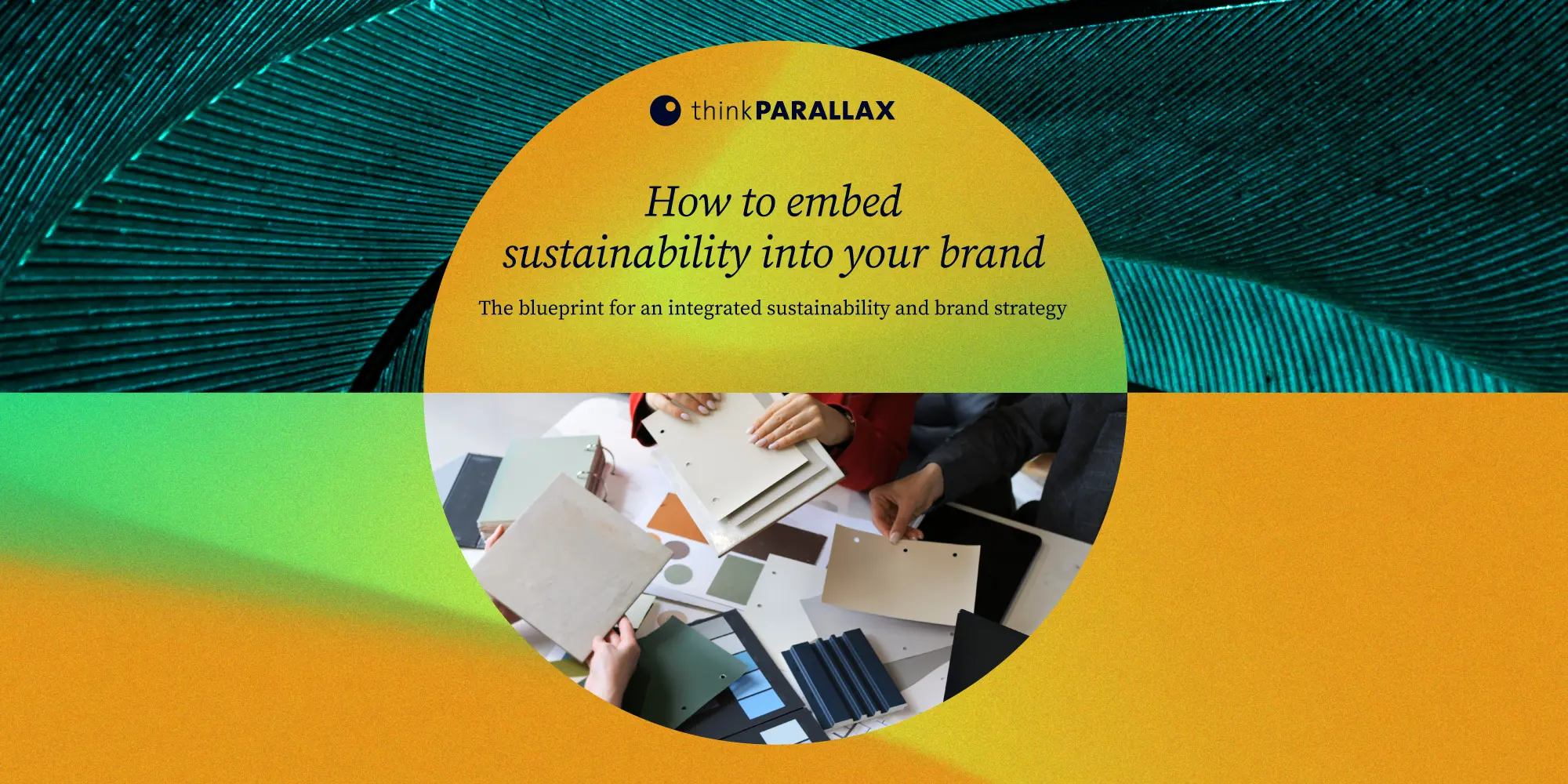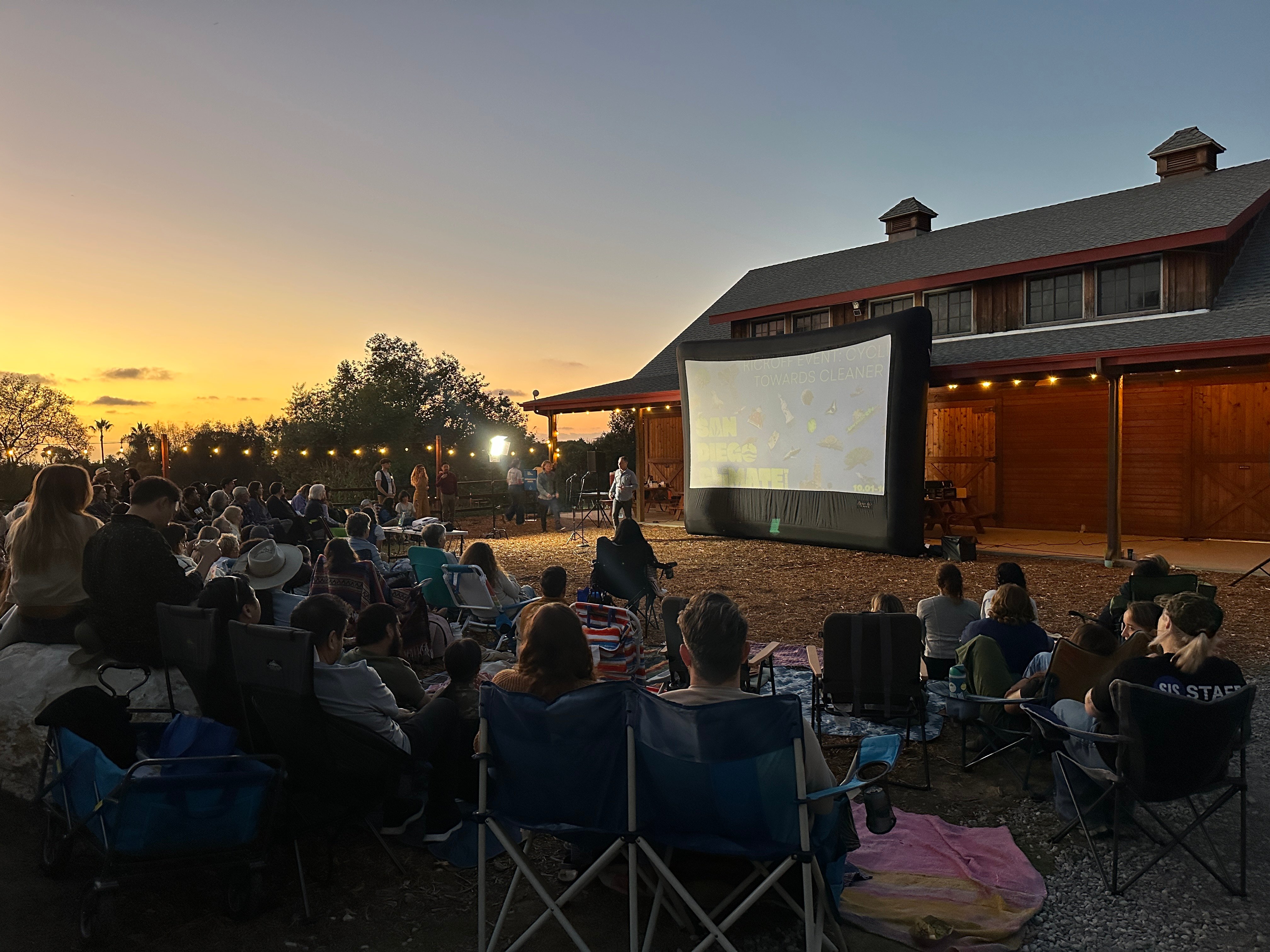As Janna explained in the first article in this series, the first step toward effective messaging — especially in the current environment — is to make sure you have a really solid, business-aligned strategy in place. That means first understanding your level of ambition as a company, and then leveraging that understanding to define:
- What topics you just need to disclose
- What topics you need to engage specific stakeholders on
- And then what topics you really want to zero in on and become a champion on
But knowing what you want to take a stand on is just the first piece of the puzzle. Next you have to figure out what you actually want to say. Here’s why.
Saving the world, one cliche at a time

As ESG reporting became more standardized and broadly adopted, every brand started talking about sustainability: Renewable energy, waste reduction, human trafficking, modern slavery, water conservation, biodiversity, governance. The whole laundry list of good intentions and worthy causes.
Which is great — in theory.
The trouble is, when everyone is talking about everything, nobody is really saying anything at all. With images of hands cupping an acorn seedling and marketing that claims to be “saving the world, one X at a time,” corporate sustainability communications became rife with clichés, generalizations, and vagueness, making it nearly impossible to find the actual substance beneath the surface.
It’s time to get more specific.
While your ESG disclosures need to be comprehensive, your communications need to be focused. This shift requires moving from three problematic patterns to three more effective approaches:
- From vague generalizations to specific points of substance
- From clichés to proprietary, authentic messaging
- From broad messages aimed at too many audiences to targeted messaging that meets your stakeholders where they are
And — this should go without saying — anything you communicate will be parsed and parsed again, so you need verifiable (and ideally third-party verified!) proof points that build credibility and trust in your efforts.
Not only will a more disciplined approach serve you well in cutting through the noise, it will also help avoid backlash. Message testing has shown that business messaging that’s grounded in materiality and relevance lands far more effectively across all demographics than the kinds of morality-based generalizations that have been the mainstay of corporate ESG comms for far too long.
A framework for authentic messaging
Here’s a framework we use with our clients to ensure messaging hits the mark. Your sustainability communications should be:
Brand-consistent: Is the message you’re conveying consistent with and complementary to your brand identity?
Substantive: Are you talking about something that’s actually true and meaningful to the world?
Unique: Can you own your message in a way that none of your competitors could?
Relevant: Will your stakeholders actually care?
Strategy-aligned: Does it contribute to the success of your broader business goals?
Put another way: Is your messaging grounded in an understanding of who you are, what you’re talking about, the context you’re speaking in, who you’re speaking to, and what you’re trying to achieve?
Learning from an early adopter: The Burt's Bees case study
None of this is exactly new, and some brands have been executing this approach for years. One of my favorite examples is Burt’s Bees — a brand that found its sustainability niche early and has consistently delivered authentic messaging ever since.
What made Burt’s Bees successful wasn’t just luck or timing. They systematically applied the principles above:
They developed a specific focus on the intersection between human and pollinator health — not trying to be everything to everyone.
They grounded that focus in a unique brand origin story of how Burt Shavitz, a beekeeper who lived in a converted chicken coop, teamed up with Roxanne Quimby, a single mom, to sell beeswax candles and lip balms.
They were targeted in their approach, with a clear understanding of their audience as health-conscious, everyday consumers.
They were transparent about their ingredients and clear about what they would and would not allow in their products.
The result? They were able to take command of the “natural” segment — a space that’s frankly rife with greenwashing and vague, unsubstantiated claims.
Not every brand can or should be a Burt’s Bees when it comes to sustainability storytelling, but we can learn from their methodology and adapt it to our own efforts.
The secret ingredient: Marrying substance with story
Burt’s Bees had a great story to tell, but they weren’t alone. Many companies — probably most reading this — have the ingredients needed to make a compelling story. But as any good cook knows, having ingredients isn’t the same as making a winning dish.
What made Burt’s Bees efforts come alive was their ability to marry substance — real, meaningful sustainability proof points — with story, meaning they humanized and personalized those proof points to make them relevant and interesting to their audiences.
Breaking down the silos
Stop me if this sounds familiar: Your sustainability, impact, or ESG teams are developing really important initiatives. And your marketing teams are adept at crafting great-sounding stories. The challenge? The two aren’t coordinating their efforts.
Yet it’s only by coordinating those efforts that your messaging can really come alive.
This coordination doesn’t happen by accident. It requires intentional collaboration between teams that often speak different languages and operate on different timelines. It requires trust and relationship building. And it requires each party to educate the other on their areas of expertise and responsibility.
When it works, the results speak for themselves — messaging that’s both substantive and engaging, both credible and compelling.
Moving forward: Your next steps
As you work to refine your sustainability messaging, remember that authenticity isn’t about being perfect. It’s about being honest about where you are, clear about where you’re going, and specific about how you’re getting there.
The brands that will cut through the noise in the coming years won’t be the ones trying to check every ESG box in their communications. They’ll be the ones that find their unique sustainability story and tell it with substance, clarity, and genuine conviction.
A shameless plug: One of our favorite services we offer is sustainability-focused storytelling and messaging trainings for non-sustainability focused teams. Think sales, marketing, brand, etc. Please get in touch if you’d like to explore the possibilities!
Lastly, we turned the slides from our recent webinar into a downloadable ebook to help you turn these insights into actions. Download the ebook here.
Read part III in our series: It’s not them, it’s you. How to make your engagement strategy land. And download our free ebook: Mastering Your Sustainability Story in Turbulent Times.



.png)


